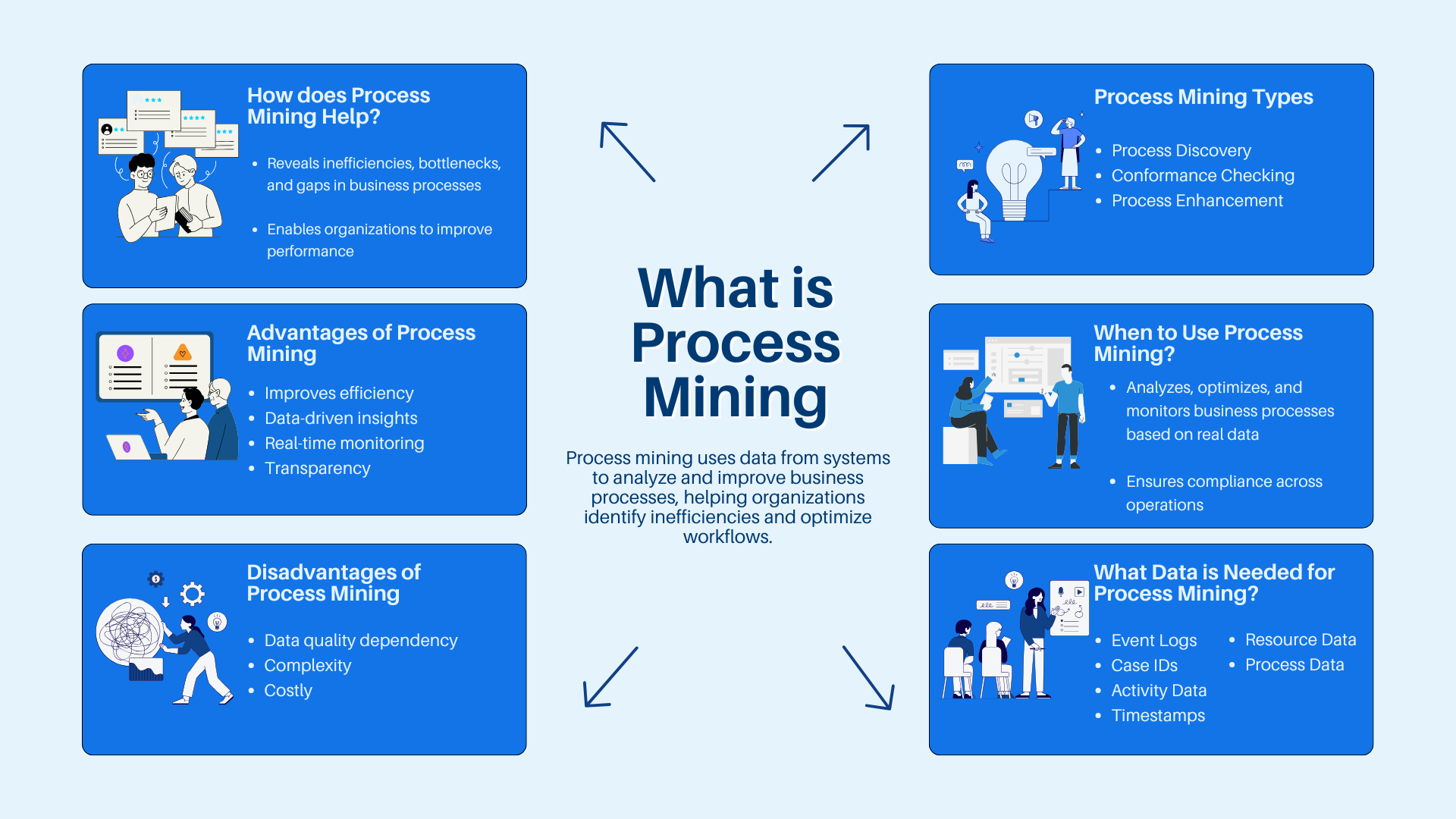Introduction
In today’s data-driven world, the ability to process information quickly and accurately is essential. mseedprocess software has emerged as a valuable tool designed to streamline data management and improve efficiency across various professional fields. Whether used in research, technical environments, or industry applications, this software provides a reliable way to handle complex data with precision. This guide explores the core aspects of mseedprocess software, offering an in-depth explanation of its features, setup process, and practical uses.
Background and Context
The need for specialized software like mseedprocess arose from the increasing demand for reliable data processing systems. Traditional methods often struggled with large datasets, inconsistencies, and inefficiencies. Over time, developers created solutions that could process structured formats with high accuracy. mseedprocess software fits into this category by providing a system that reduces manual errors, automates repetitive tasks, and saves time. Compared to older tools, it introduces a more refined architecture that suits both small-scale projects and enterprise-level data processing needs.
Key Features and Capabilities
What makes mseedprocess software stand out are its wide-ranging features. It supports multiple data types, making it flexible for professionals who deal with varied formats. The software enables data import, export, and conversion without complicated configurations. Users benefit from built-in error checking, which ensures that processed information remains accurate and consistent.
Additionally, automation is one of its strongest capabilities. Instead of processing data manually, users can define workflows that run seamlessly in the background. The interface, whether command-line or graphical, is designed to balance simplicity with powerful options. Scalability is another major advantage, as the software performs well even with large datasets, making it suitable for both individual researchers and organizations.
Architecture and Technical Details
Under the hood, mseedprocess software relies on a modular architecture. Each module performs a specific function, such as data input, processing, or validation. This separation allows smoother performance and makes updates easier. Data is stored efficiently, either in file-based systems or databases depending on the setup. The software also integrates with external tools, libraries, or APIs, ensuring compatibility with existing systems. Built using robust programming languages, mseedprocess handles errors gracefully and recovers data when disruptions occur.
Installation and Setup
One of the advantages of mseedprocess software is its straightforward setup. Users only need a compatible operating system—whether Windows, Linux, or macOS—and the recommended hardware specifications. The installation process generally involves downloading the package, running the installer, and configuring default settings. Advanced users can modify configurations to customize how the software behaves. Dependencies are handled automatically in most cases, which reduces the likelihood of errors during installation. Once installed, users can run their first processing tasks quickly with sample datasets.
Using mseedprocess Software
Using mseedprocess is intuitive once the system is installed. The first step usually involves preparing input data in the required format. Users can then launch processing tasks directly from the interface or command line. The software allows adjustment of parameters such as batch size, output location, or error tolerance. A typical workflow may include:
- Importing raw data into the software.
- Running the processing pipeline with user-defined parameters.
- Reviewing the output logs and validating the results.
- Exporting processed data to the desired format.
For professionals working with large datasets, the automation tools save time by processing multiple files without manual intervention. The clear output reports make it easy to interpret results and ensure everything aligns with expectations.
Case Studies and Example Use Cases
Real-world examples highlight the importance of mseedprocess software. A research institution handling seismic data, for instance, can use the software to process MiniSEED files efficiently, ensuring accurate analysis without delays. Similarly, organizations in agriculture or seed technology can adapt the system to manage large inventories of seed-processing data, thereby reducing manual workload.
In both cases, the benefits are clear: reduced human error, faster turnaround times, and improved reliability. Compared to manual methods, users report significant time savings and better confidence in their data.
Performance and Benchmarks
Performance is a major consideration when evaluating data processing tools. Tests on mseedprocess software reveal that it handles both small and large datasets with consistent speed. Benchmarks demonstrate reduced CPU and memory usage compared to similar software, meaning it can run on mid-range hardware without issues.
| Dataset Size | Processing Time | Memory Usage | Accuracy Rate |
|---|---|---|---|
| Small (50 MB) | 2 minutes | Low | 99.8% |
| Medium (500 MB) | 10 minutes | Moderate | 99.7% |
| Large (5 GB) | 45 minutes | Medium-High | 99.6% |
These results show its ability to scale while maintaining accuracy and efficiency.
Security, Data Integrity, and Compliance
Data integrity is a top priority for professionals, and mseedprocess software delivers on this aspect. Built-in checksum verification ensures that processed data remains intact. Logs track every operation, making it easier to identify issues when they arise. Additionally, compliance with industry standards makes it a trustworthy choice for regulated environments. Backup and recovery options guarantee that no information is lost during unexpected interruptions.
Support and Community
Users of mseedprocess software benefit from well-structured documentation, tutorials, and user guides. An active community of developers and users share best practices, solutions, and updates. Feature requests and bug reports are addressed regularly, keeping the software up to date. Licensing options vary, with both open-source and enterprise models available, making it accessible to a wide audience.
Comparison with Alternatives
When compared with alternative tools, mseedprocess software shines in flexibility and ease of use. While some competitors offer similar processing speed, they often lack automation features or require higher system resources. In contrast, mseedprocess balances performance and usability. For organizations looking for cost-effective solutions, its licensing model is an added advantage.
Future Directions and Roadmap
The future of mseedprocess software looks promising. Developers are working on expanding compatibility with newer data formats and enhancing visualization tools. Integration with cloud platforms and artificial intelligence is also on the roadmap, which would enable smarter and faster processing. User feedback continues to shape the roadmap, ensuring that improvements align with real-world needs.
Conclusion
mseedprocess software represents a significant advancement in data processing solutions. Its combination of efficiency, accuracy, and usability makes it an essential tool for researchers, analysts, and organizations. By reducing manual workload and ensuring data integrity, it empowers users to focus on insights rather than tedious tasks. For anyone dealing with structured data, mseedprocess is not just a useful tool—it is a transformative solution.
Other Articles
Why Technology Is Important H2Hnewstech
Which Statement Is True About Ultrasound Technology Milady














Leave a Reply